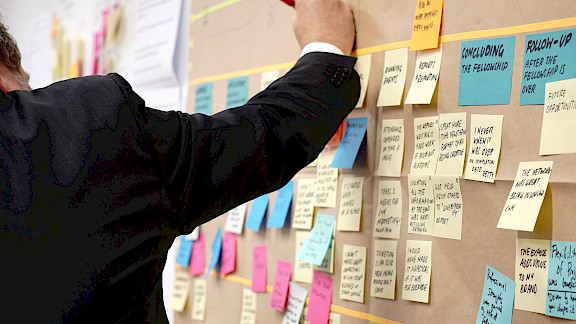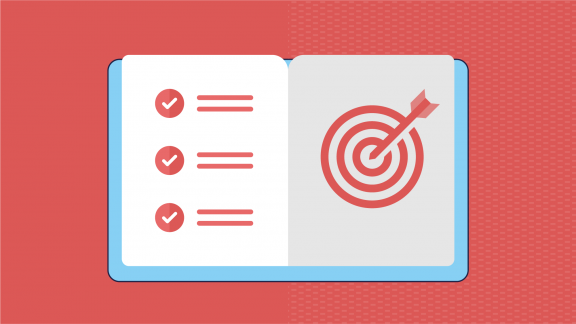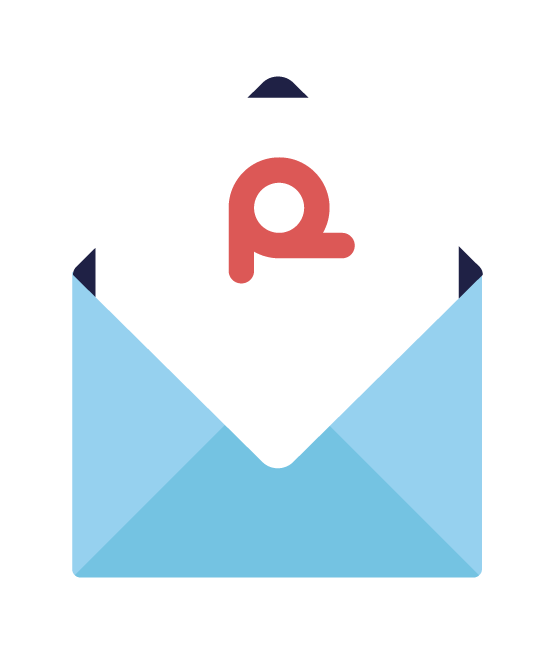Methodology
Do you have your meeting agendas under control?
Meetings are part of our daily bread. Team meetings, project status meetings, steering committees, etc. People come together to discuss, agree and decide. But at the end of the meeting, nothing has been implemented. Only decided. What has been decided and who now has to do what often disappears (if at all) in the minutes of a meeting. And is soon forgotten again...
Author : Dr. Daniel Hösli | Last updated: 25. Apr 2023 | 6 minutes read

Think about it: When was the last time you attended a meeting and what was decided? Who set what homework (in Switzerland typically referred to as pending issues, in English as open issues)? And who is now making sure that they get done? This article does not discuss the question whether all our meetings always make sense or how you can think about how to optimize your meeting time. Enough has already been written about that. This is about the outcome, the results of meetings and how to follow up on them. How does this typically go? Actually, always in 3 phases.
Phase 1: "Let's sit together for a while".
A meeting is initiated by an organizer. This is usually also the subsequent meeting leader. This can also be someone who spontaneously takes the initiative ("We should discuss this together."). The organizer calls a meeting by compiling discussion points (=agenda, agenda) and discussion partners (=meeting participants) and sends out an invitation. In one case this can be completely informal and spontaneous. E.g. from a conversation at lunch among work colleagues: "Ah, good idea! Let's sit down together afterwards and discuss this in more detail. Who is with you? Maybe we should call our boss in right away, too." All the way to very formal meetings, which are planned and convened long in advance. For example, as part of a company-wide program, a steering committee meets once a month to decide on project proposals based on a standard agenda. In this case, for example, the program manager will send a formal invitation to a defined circle of participants one week in advance by e-mail or even by regular mail, often with extensive attachments, etc. The invitation is then sent to the participants by e-mail. For both extreme cases - ad hoc meeting as well as formal steering committee - there is at least one common denominator: a discussion topic (agenda), a list of participants, an implementation location and an implementation time. Trivial, really, but that's how simple it is.
Phase 2: Implement, discuss - and decide!
On day X (or just after lunch), the meeting participants (or the lunch group) come together and go through the discussion points in a more (steering committee) or less orderly manner (lunch group). Of course, one could write a lot about meeting design and moderation psychology, but we'll leave that alone. The focus here is on the actual results. These can be formal decisions that are of company-wide relevance and have far-reaching consequences ("The steering committee decides: The budget for project XY will be reduced by CHF 150,000"). But they can also be simple mini-orders to individual participants ("Peter, can you clarify until next time whether we can get some money here for the procurement of a new coffee machine?").
Phase 3: "Anything else forgotten?"
This phase is often reserved for very formal meetings. The meeting chairperson/recording clerk records the results from phase 2 and then invites the participants to a protocol review. Was everything recorded completely and correctly? Are there any additions? Probably in the fewest cases nowadays the minutes are still sent to the participants as an actual document by mail and the review results are included in the agenda for the next meeting (does this exist at all?). This simply takes far too long in our fast-moving times. Think again: When was the last time you received minutes from a meeting?
The problem lies in the lack of a common information base
What happens to the results from phase 2 above? Are they formally recorded ("Who is the keeper of the minutes anyway?"), or is there simply agreement and everyone takes the result home with good memories? This is precisely the sore point in many organizations.
The more operational the meeting, the more spontaneous and less formally set up, the more likely results are not recorded in a way that can be easily referred to later - and are lost.
They may have talked about it and found a good solution together or agreed on a good compromise. But such results, decisions and especially pending issues are forgotten because they are not documented and can be easily and quickly retrieved later. Even if formal Word minutes are written (How often do you really do that...?), they disappear in drawers or file cabinets. The results may still be available in electronic form (as PDF or Word files), but they are not shareable. One remembers "that there was something". But when it was discussed with whom in which meeting and what exactly was decided is no longer present.
Digital transformation also means: shared meeting and pending tracking
This is where PQFORCE now comes in. A long time ago, in Release 3.8.0, the so-called ToDos were introduced as planning elements that can be linked to persons in the role of client or executor and, if required, also to a project or portfolio. Each ToDo is an electronic post-it note and runs through a lifecycle (e.g., open ► in progress ► to be reviewed ► done). It remains visible from the different viewpoints at all times. The client sees the opened and assigned to-dos, each user sees his to-dos to be executed, the project manager sees the to-dos attached in his project, etc. And each such overview is presented in the form of a provenKanban board. ToDos can of course also be commented by the editors, so that together with the Lifecycle or Kanban Board a complete ToDo Tracking is available.
What does all this have to do with meeting agendas? Well, meeting agendas are de facto nothing more than to-dos. Someone has set a task, a pending, and is responsible for it. And there is a deadline associated with it. So what could be more obvious than to map meeting deadlines with to-dos? The only thing missing is a session object to which these pending tasks can be linked and added to the session participant.
We have recognized this need: PQFORCE also has a MEET module for recording and managing meetings. Each meeting can be populated with participants and to-dos (=tracts, agenda). Meetings also have a configurable lifecycle (e.g. in preparation ► invited ► conducted ► approved) and can thus be guided through the phases 1 to 3 described above. All database-driven, of course, in real time and in a web browser! Try it for yourself: The MEET module is available from the Advanced Edition.
About the author
Dr. Daniel Hösli is Managing Director and Lead Consultant at INTRASOFT AG, whose SaaS solution PQFORCE is the leading platform for agile, project-oriented business management. He has been involved in the development of project management systems on a daily basis for 15 years in a consulting and project management capacity - both organizationally and technically - and thus has the experience from countless contacts and tasks from a wide variety of companies and different management levels.









